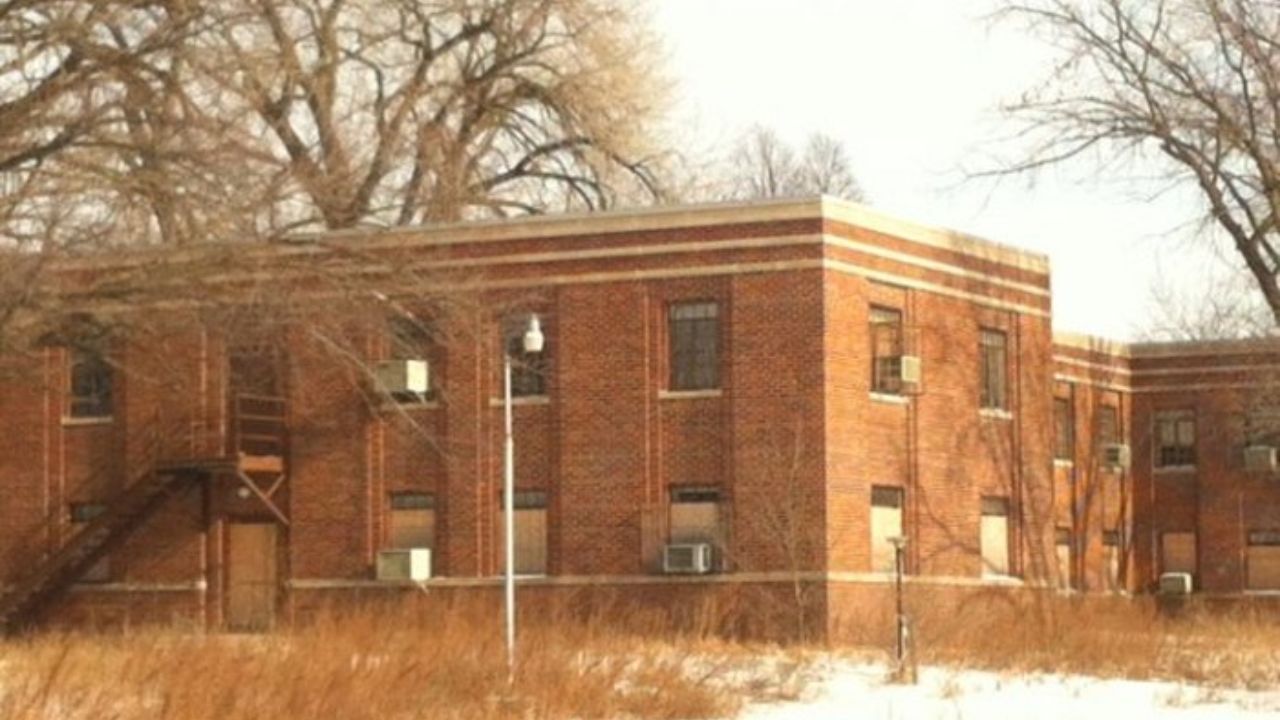Nebraska boasts a rich and diverse history, but it also harbors dark and enigmatic secrets. Among these, the Norfolk Regional Center stands out as a former mental asylum that has been abandoned for decades, rumored to be haunted by the tormented souls of its former patients.
Origin of the Asylum
When it first opened its doors in 1888, the Norfolk Regional Center went by the name “State Hospital for the Insane.” It was established with funding from the Nebraska Legislature and intended to accommodate individuals with a wide spectrum of conditions, some of which, by today’s standards, wouldn’t even be classified as mental illnesses. Patients were admitted for reasons ranging from homesickness to being perceived as unconventional in society.
Initially, the asylum was a single building with a capacity of 97 beds, but by 1898, it had expanded to include multiple structures with a total of 300 beds. Tragically, in 1901, a devastating fire swept through the facility, leaving only one building standing. However, the asylum was reconstructed and reopened in 1905, continuing to grow in both size and patient population over the years.
Treatment of Patients
Regrettably, the asylum was more a chamber of horrors than a place of healing for many of its inhabitants. Treatment methods often involved cruel and inhumane practices, including electroconvulsive therapy, insulin shock therapy, and partial lobotomies. These procedures could have severe and lasting adverse effects on the physical and mental well-being of patients, sometimes resulting in death.
One of the most distressing practices carried out at the asylum was involuntary sterilization. This was performed on patients deemed “feeble-minded,” “habitual criminals,” “moral degenerates,” or “sexual perverts” based on the early 20th-century laws. The aim was to prevent these individuals from passing on what was considered “defective” genetic material to future generations.
The Decline and Desertion of the Asylum
Over the years, the asylum underwent multiple name changes, reflecting evolving attitudes and approaches to mental health care. In 1920, it was renamed the Norfolk State Hospital, and in 1962, it became the Norfolk Regional Center. The focus of the facility shifted from mere housing to the treatment of patients’ conditions, introducing new therapies and medications.
However, as the 20th century brought sweeping changes to the mental health care system, the need for the asylum waned. Many patients were released or transferred to other facilities, leading to a decline in the asylum’s population. Eventually, the Norfolk Regional Center found a new purpose as a 120-bed sex offender treatment facility within the Nebraska Sex Offender Treatment Program.
By 2010, most of the buildings on the sprawling 320-acre grounds lay vacant and unused. Some structures had already been demolished, with plans to destroy others in the future. The sole remaining building was the original structure that had miraculously survived the fire of 1901, now listed on the National Register of Historic Places.
The Haunting of the Asylum
Many believe that the Norfolk Regional Center remains haunted by the restless spirits of those who suffered and perished within its walls. Reports abound of shadowy figures, phantom footsteps, and chilling spots and sensations in the abandoned edifice’s hallways and rooms. Some even claim to hear the haunting echoes of screams, cries, and laughter emanating from the building during the night.
One of the most infamous apparitions said to haunt the asylum is a towering male specter, occasionally known to assault visitors. This spirit is believed to be the manifestation of a patient who met a violent end at the hands of another resident. Another frequently sighted ghost is that of a woman, forever searching the grounds for a lover who abandoned her for another. She is said to have tragically ended her own life by hanging from a tree near the building.
In Conclusion
The Norfolk Regional Center is a place steeped in tales of anguish, suffering, and death. It serves as a reminder of the darkest aspects of human history, alongside glimpses of resilience and compassion. The facility may have been abandoned and forgotten by the world, but it appears not by the spirits that linger within. For those who dare to explore, it remains a place of both terror and fascination.

